Hyperbole in estate agents’ brochures isn’t unusual – but when it comes to a write-up for Great Tangley Manor, which has gone on the market for £8.95 million, overkill is almost impossible. Believed to be the UK’s oldest continuously inhabited property – its Saxon foundations date from 1016 – the Grade I-listed moated manor house, in the village of Wonersh in the Surrey Hills Area of Outstanding Natural Beauty, comes with an extraordinary roll call of associated famous names.
From the spheres of royalty, art, literature, garden design and even America’s Gilded Age, all have played their part in shaping secluded Great Tangley into a country house with a compelling story.
The tale of the now ten-bedroom house, set in more than ten acres of grounds and namechecked by Pevsner as Surrey’s most impressive half-timbered building, begins more than a millennium ago. A homestead founded on the site was believed to be owned by Alnod Cilt, thought by some historians to be King Harold’s younger brother. Later, according to the Domesday Book, Odo the Bishop of Bayeux, a half-brother of William the Conqueror, became its owner.
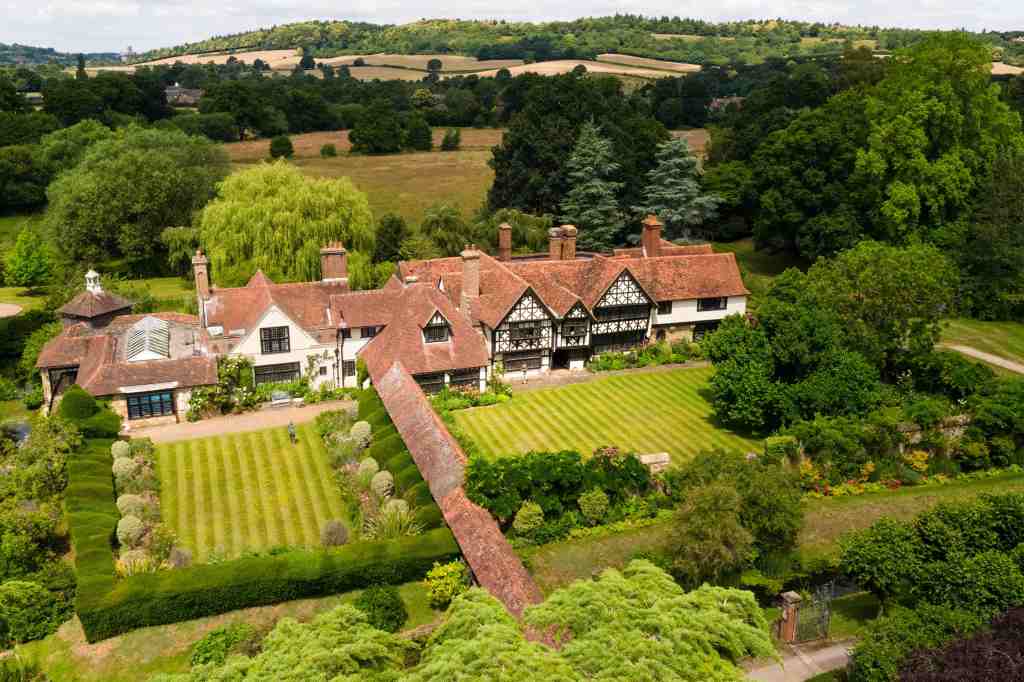
The royal references continue, with the house reputedly next used as a hunting lodge by Prince John, before much of it was burnt down at the end of the 12th century. Fast-forward to the 15th century and a medieval hall house was created on the site, with a Tudor facade and panelling later added. All aesthetically pleasing enough, then, for Wickham Flower, a wealthy patron of the Arts and Crafts movement, to commission starchitect of his day Philip Webb to restore and extend the house in 1884.
Interiors and furniture by William Morris made it a radically fashionable Victorian home, but it was Flower’s gardens that were considered truly progressive, with the integration of indoors and outdoors – almost a cliché in property trends today – at the centre of his designs.
Great Tangley Manor’s status as a trophy home was thus secured, and on Flower’s death Conservative MP Colonel Edmund Hegan Kennard bought the manor, where he and his family would host guests of even higher stature. King Edward VII and Queen Alexandra (and, on other occasions, Edward’s mistress Alice Keppel, great-grandmother of Queen Consort Camilla) came along, as did George V and Queen Mary, who etched their names into the dining room windows with a diamond ring in 1913.
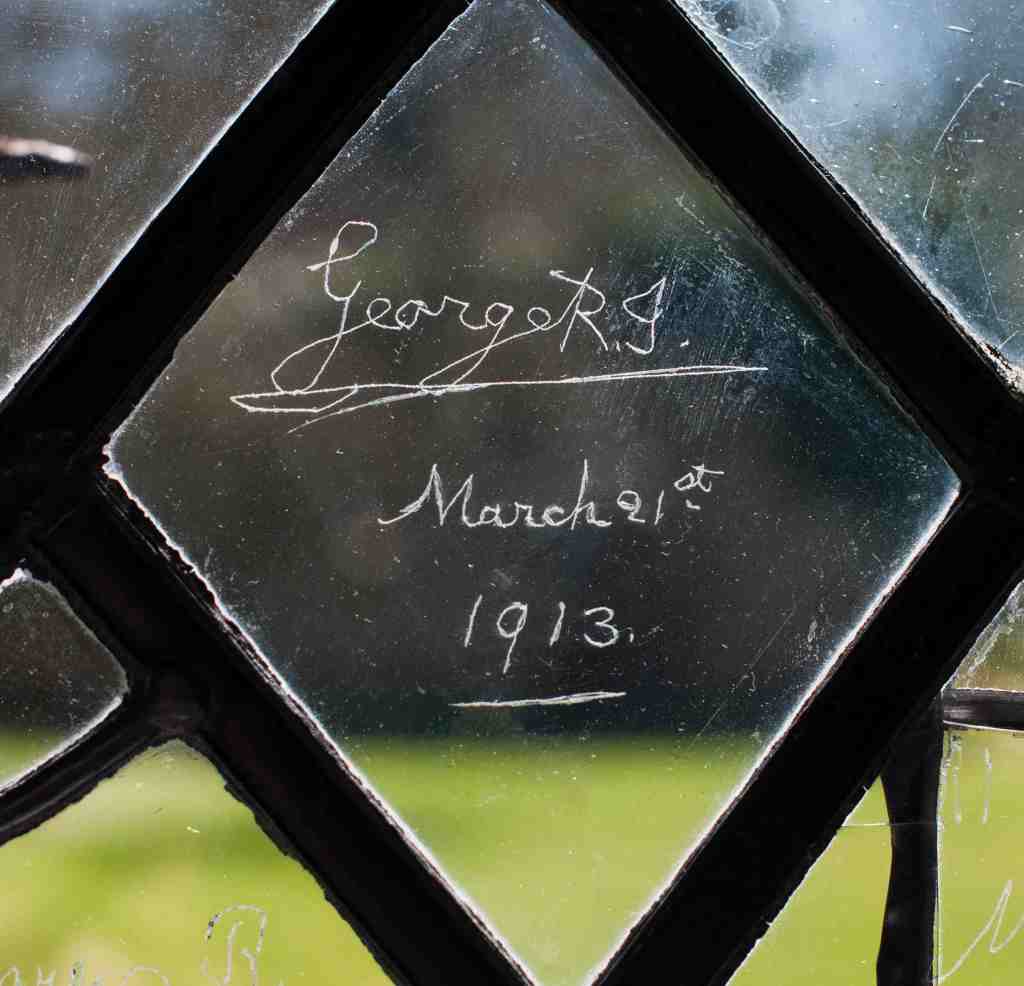
In the same year, Countess Gladys Szechenyi, an American who had inherited a fortune from her father, the railroad tycoon Cornelius Vanderbilt II, gave birth to a daughter at the home. Other documented admirers of the house include horticulturist and garden designer Gertrude Jekyll, architect Sir Edwin Lutyens and author and critic Sir Leslie Stephen, who visited with his two daughters – who would become Bloomsbury Group icons Virginia Woolf and Vanessa Bell.
When Great Tangley’s present owners, Anne and Glyn Powell-Evans, were house-hunting 25 years ago, they never dreamed they would buy such an important piece of Britain’s architectural and cultural history.
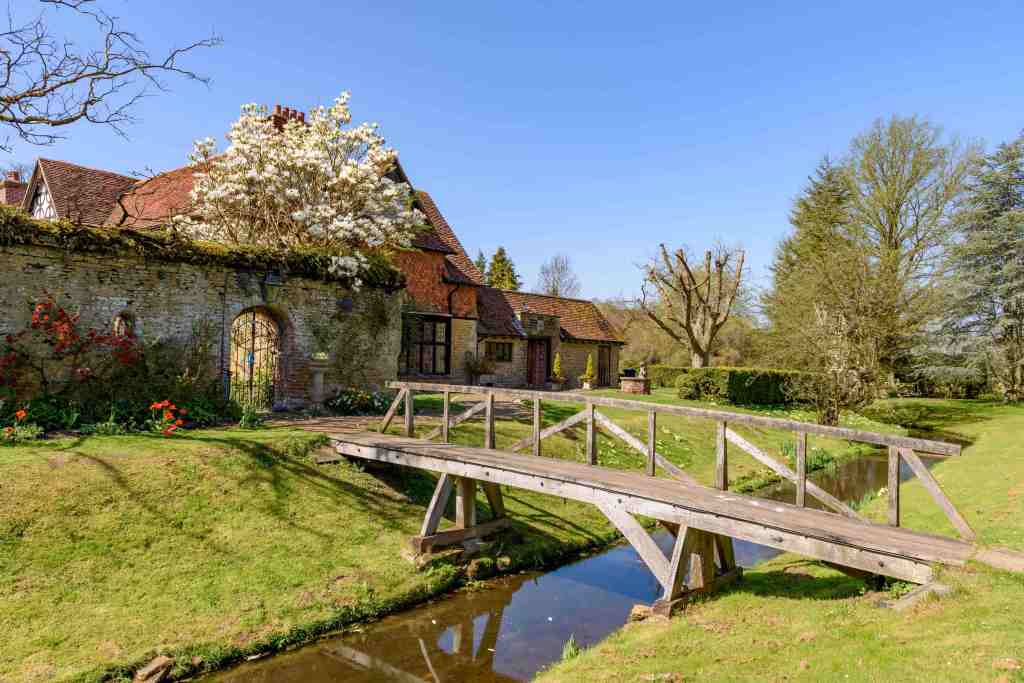
‘We were living in a period cottage near Merrow [in Surrey], and had always wanted to move further into the countryside when our children were grown up,’ says Anne, who has had a long career in child protection. ‘We wanted a house with history, but something much smaller. We were persuaded to look at the manor by a local agent, and although it had been neglected and rented out for long periods, I was smitten by the opportunities the gardens offered. Glyn fell in love with the heritage of the house.’
As the manor had been divided into two separate homes in the late 1950s, only one side was up for grabs at the time – but in 2005 the Powell-Evanses had the opportunity to buy the other half. They would go on to spend millions restoring it and uniting it into a single 11,255 sq ft home.
‘Much of our work is unseen,’ says Glyn, who works in film and television. ‘Roof repairs and maintenance were urgently needed, and we had to completely update both kitchens – we added a “glass box” extension to one of them to bring in light and space.’
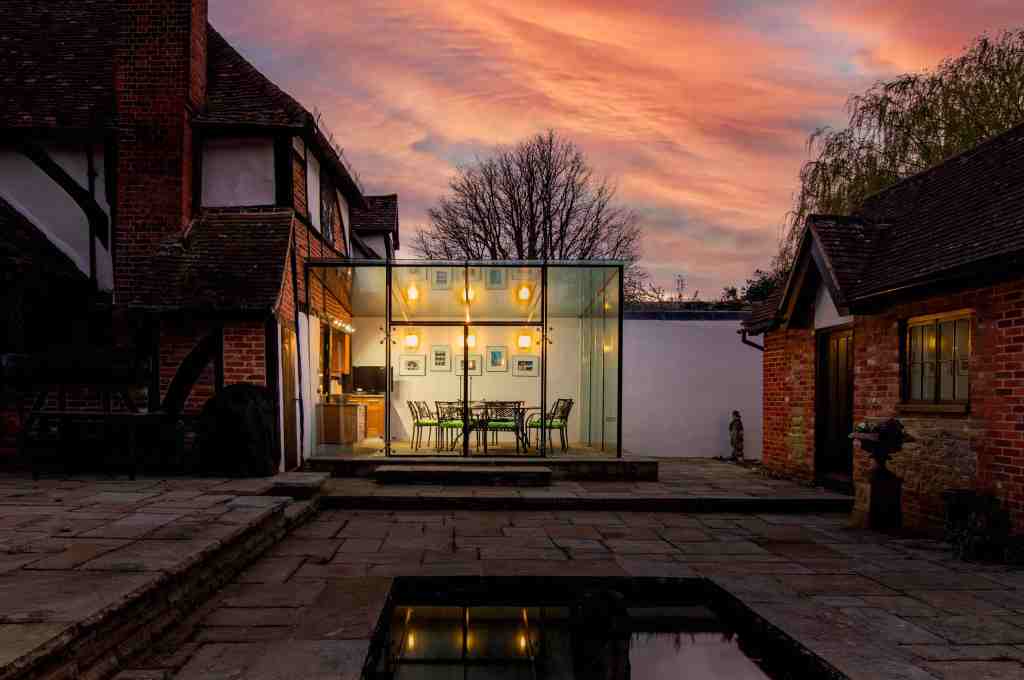
They also added a bathroom to the existing six, which they renovated with sensitivity to their 1920s Art Deco style, dredged the lake and moat and researched the original layout of the gardens, both restoring them to their Arts and Crafts glory and adding contemporary twists. ‘Every flowerbed has been replanted to suit current climate change and limit the damage caused by wildlife, while also reducing maintenance,’ Anne says.
Modern features and luxuries such as a biomass boiler, indoor swimming pool, electric car charging points and helicopter hangar have also been added.
The couple live largely in one five-bedroom section of the home, which takes in the dining room, featuring timbers from the Spanish Armada, and have run a lucrative holiday let business in the three reception-room west wing of the home: over the past year or so it has brought in about £175,000.
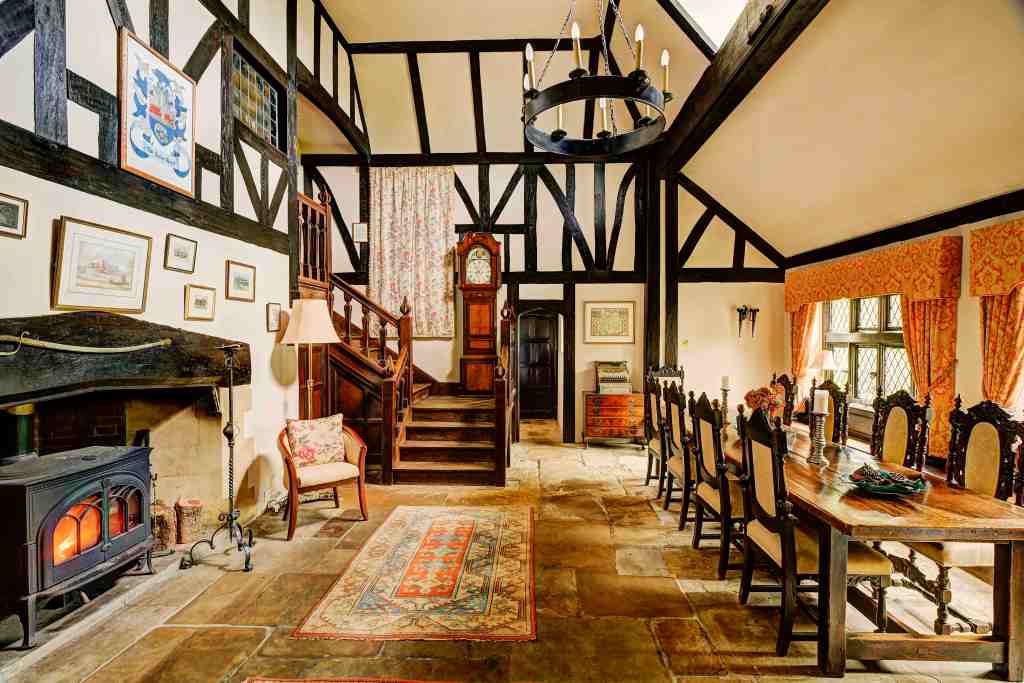
Owning Great Tangley Manor has been both life-changing and life-affirming. Glyn says he was a workaholic when they first moved in in the late 1990s, and credits the home with helping him find a better work/life balance. For Anne, the outdoor zone known as ‘the white garden’ is a lovely, tranquil place to sit and gaze out over the lake.
The pair have managed to raise many thousands of pounds for local charities by holding events at the house, but – now both in their seventies – they have decided to sell up, at a guide price of £8.95 million, listed with Savills and Strutt and Parker.
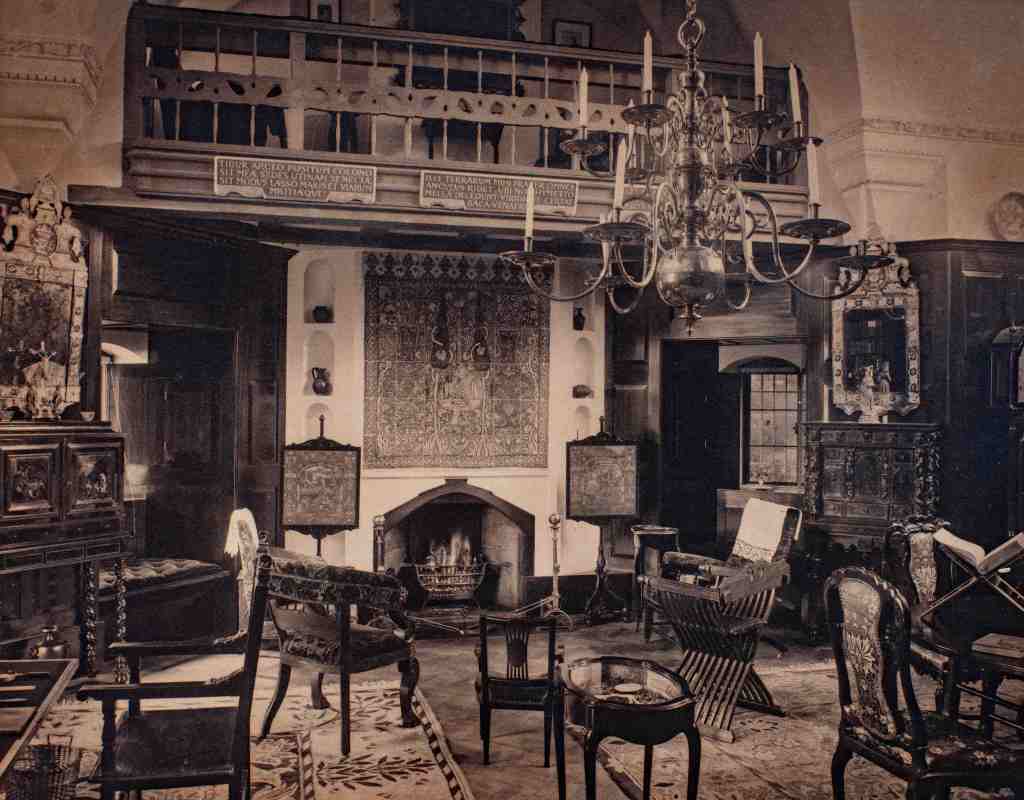
Its new owners will receive a practical, comprehensive operating manual on running the home – along with more interesting reading material. Anne has written her own minutely researched 85-page dissertation on the manor, in which, no doubt, a host of other famous historical characters will star.

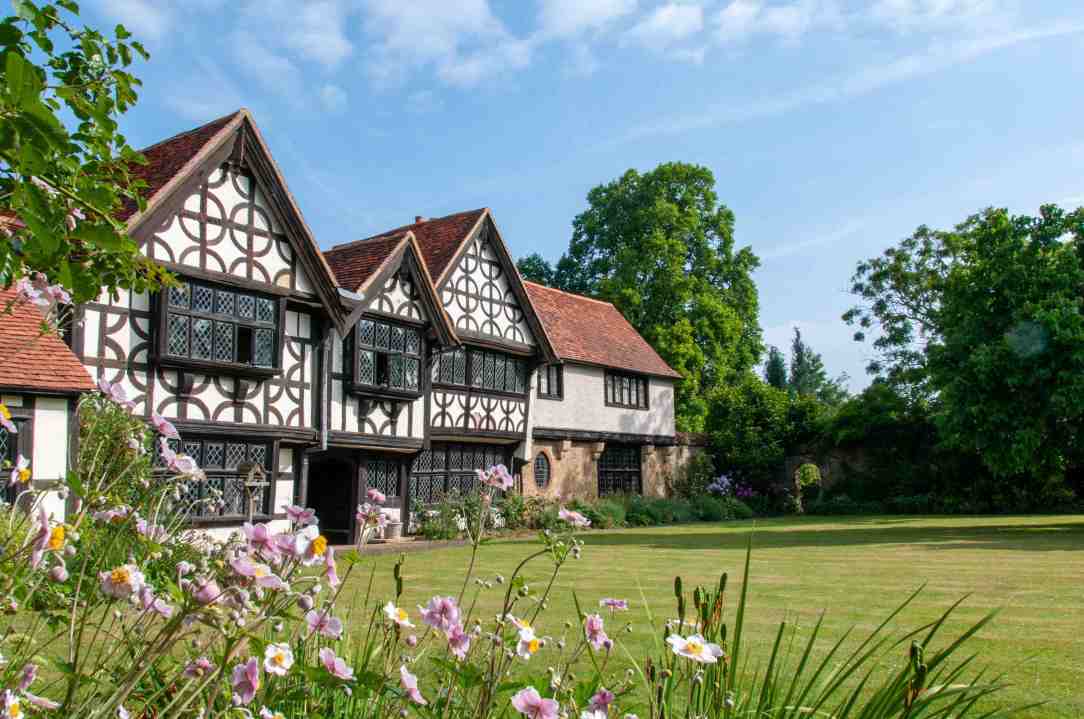
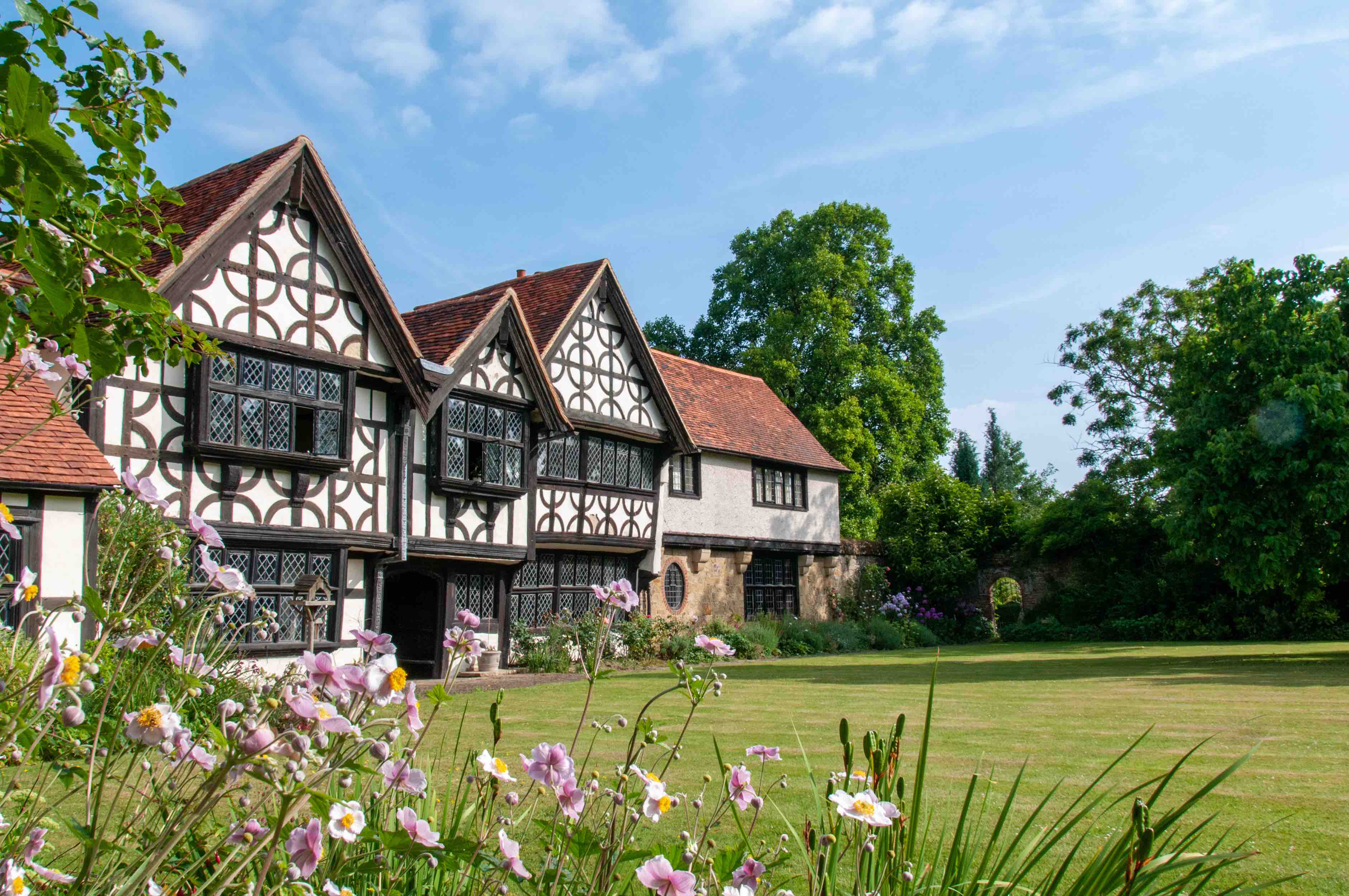




Comments